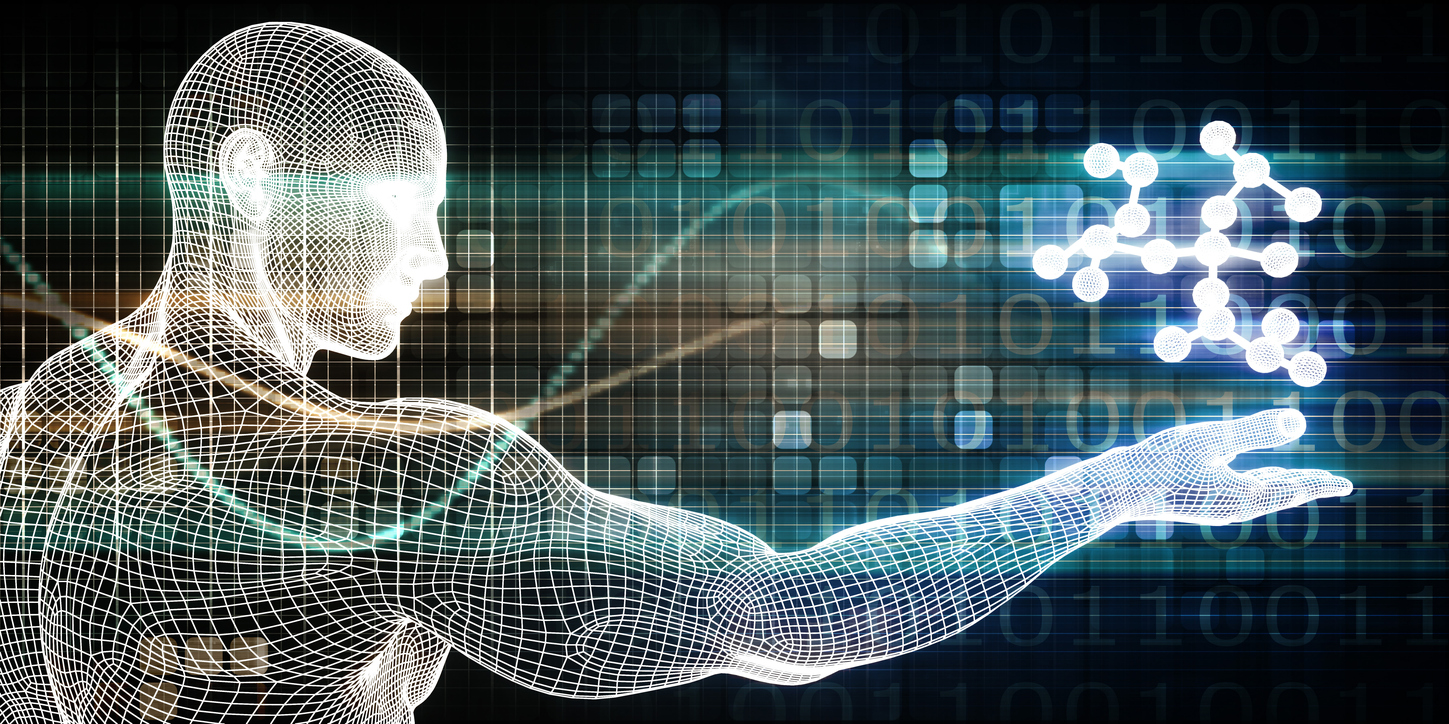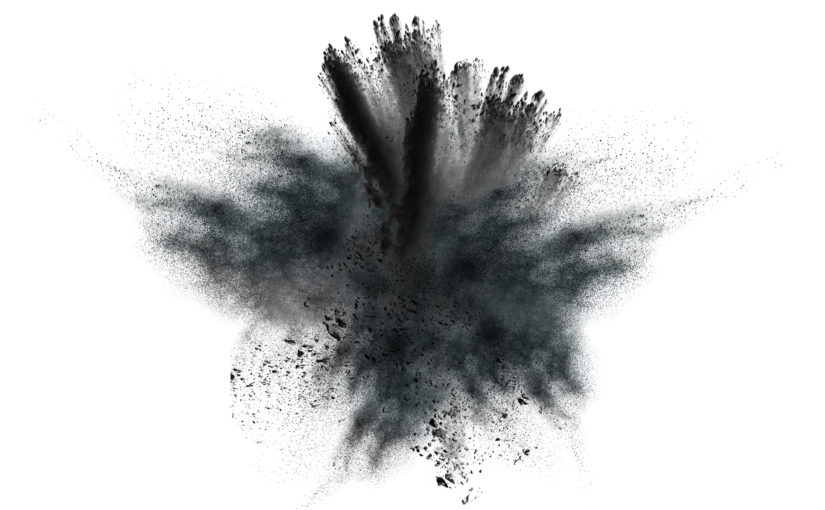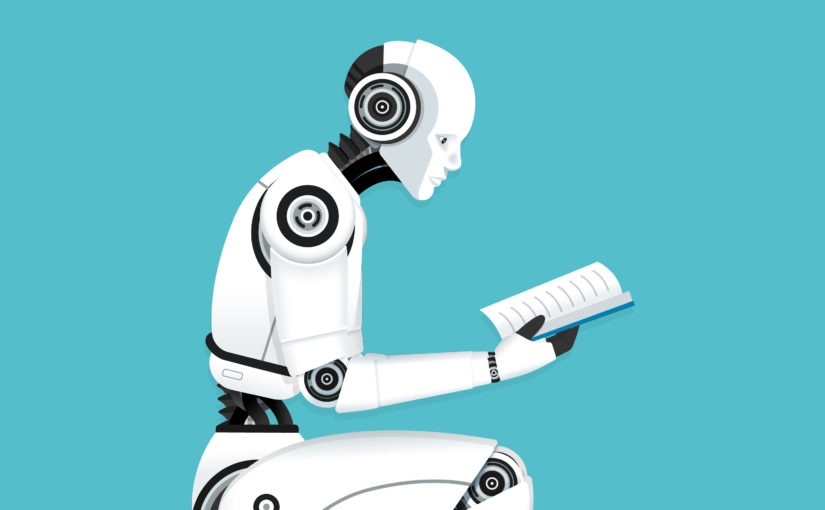Another snippet from my thesis:
To full grasp what is at stake, it is perhaps worth contemplating the vast space of possible outcomes when it comes to AI: With serious scholars and thinkers arguing with equal authority that AI technologies could lead to the enslavement or annihilation of mankind, or that it could make us all into immortal Gods, or many states in between. Writes Max Tegmark:
“Whereas it may be little more than a minor nuisance if your laptop crashes or gets hacked, it becomes all the more important that an AI system does what you want it to do if it controls your car, your airplane, your pacemaker, your automated trading system or your power grid. Another short-term challenge is preventing a devastating arms race in lethal autonomous weapons.
In the long term, an important question is what will happen if the quest for strong AI succeeds and an AI system becomes better than humans at all cognitive tasks. As pointed out by I.J. Good in 1965, designing smarter AI systems is itself a cognitive task. Such a system could potentially undergo recursive self-improvement, triggering an intelligence explosion leaving human intellect far behind. By inventing revolutionary new technologies, such a superintelligence might help us eradicate war, disease, and poverty, and so the creation of strong AI might be the biggest event in human history. Some experts have expressed concern, though, that it might also be the last, unless we learn to align the goals of the AI with ours before it becomes superintelligent.”
It is perhaps better to think of AI as tool of unequal power but neutral valence. Indeed, economists have argued that AI is “the most important general-purpose technology of our era”, which means that it is likely to have the most profound impact on the economy, on economic activity, on related innovations in the same way electricity or computing itself had. It is also likely to cause large scale problems in the same way that other general-purpose innovations have. The technology itself enables and empowers but is neither good nor evil in itself.




